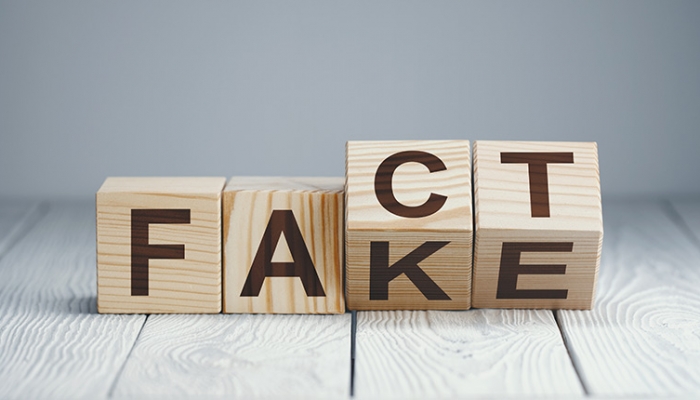How PR can stop the spread of misinformation
This is a guest post from Charlotte Dimond from Yorkshire-based virtual agency Sidekick PR. Charlotte is a Chartered PR professional with more than 20 experience of agency life.
Misinformation and disinformation existed long before social media came into being but now, thanks to the reach and immediacy of the platforms, the spread of factually incorrect information has been amplified and it has become so dangerous that it could have a major impact on public health, safety, and business.
The difference between misinformation and disinformation is intent. Simply put, misinformation is described as the unintentional sharing of factually incorrect information without malice and disinformation as the deliberate creating and/or sharing of factually incorrect information, to get people to believe something or behave in a certain way.
This guest blog post will discuss how we can tackle misinformation and disinformation and what the platforms are doing to help.
1. Don’t share misinformation
In the past year we’ve seen misinformation shared widely on a number of topics from elections to Covid-19 and mask wearing to vaccines. Sadly, disinformation campaigns have been created to influence opinion on all those topics and more.
So, what do we do? Don’t share information without thinking! The last thing you want to do as a PR professional is to be sharing false information.
The platforms have finally started to introduce changes to make the user think before sharing information. Twitter is trying to make people think twice before they share articles they have not read. Users about to click retweet without having read an article are now asked if they want to read the article before they retweet it.
Read the link, don’t just retweet – but as well as reading the information, check out the credibility. Which leads me to my next point.
2. Check the source
Where does the information come from? Is it a trusted source? Can you be sure it is factually correct? If in doubt don’t share it.
The amount of times family members and friends send me information and say ‘have you read this? Can you believe this?’ and a quick search shows it is deemed to be fake news, factually incorrect information, or basic twaddle, is quite worrying.
Don’t just accept the information that is appearing on your timeline as fact. Question it.
3. What can we do?
Work with your organisation to be the trusted voice people need. Be open, honest, and timely with your communications, this will help if you are faced with misinformation or disinformation. If people trust you, because you’ve built that reputation for telling the truth, not shying away from problems and dealing with issues you’ll be in a better position to tackle incorrect information from random sources.
4. Help!
If you want to measure how successful a campaign has been, there are umpteen tools and frameworks out there to help, if you have an ethical query there are models, ethics trees and guidelines to help, but as an industry we’re not there yet with the strategic guidance and support that is needed for practitioners on tackling misinformation and disinformation.
Research is desperately needed in this area to help us to equip ourselves with the information and tools to provide the best counsel.
So for now, be the trusted voice and make sure that the truth is out there.






Leave a Comment